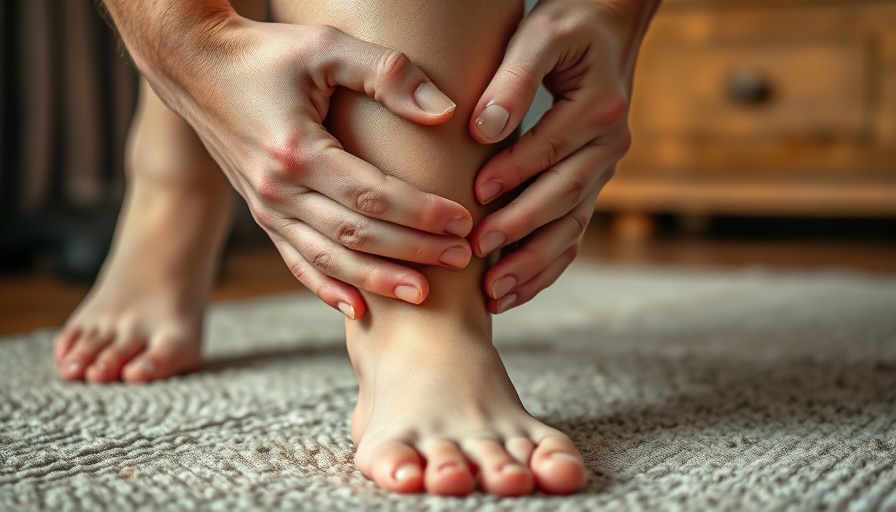
The Healing Power of Medical Marijuana: A New Ally for Leg Injuries
Leg injuries can drastically alter one’s lifestyle, whether due to sports mishaps, accidents, or chronic conditions. These injuries often manifest with pain and swelling, leading to not just physical restrictions but emotional challenges, too. While traditional treatments are available, they often come with side effects and may not always provide sufficient relief. Recently, medical marijuana has gained momentum as an alternative treatment, offering a blend of pain relief, anti-inflammatory properties, and emotional support.
Understanding Medical Marijuana's Role in Recovery
Medical marijuana operates primarily through its interaction with the body's endocannabinoid system, a network that regulates pain, inflammation, mood, sleep, and more. With over 100 cannabinoids, THC (tetrahydrocannabinol) and CBD (cannabidiol) are the most prominent, showcasing significant therapeutic potential. THC, aside from its psychoactive properties, offers analgesic benefits that can accelerate recovery from leg injuries.
Addressing Pain and Inflammation Effectively
When faced with a leg injury, the body’s natural response includes inflammation and pain signals. Prolonged or severe reactions can hinder healing. Medical marijuana, particularly THC, works by interacting with CB1 and CB2 receptors, effectively reducing pain perception and inflammatory responses. Reports indicate that patients using THC experience quicker relief from acute symptoms such as throbbing pain and swelling, which is crucial for their rehabilitation journey.
Sleep: A Crucial Component in Healing
A major challenge in injury recovery is securing enough quality sleep. Pain can disrupt rest patterns, leading to a vicious cycle of discomfort and delayed healing. THC's sedative effects can offer a solution, promoting deeper sleep and enhancing the healing process. This is particularly important because improved sleep quality can facilitate tissue repair, thus reducing pain sensitivity.
Emotional and Psychological Benefits of Cannabis
Aside from its physical benefits, medical marijuana can be a significant aid for the emotional challenges that accompany long recovery periods. Feelings of frustration, anxiety, and depression are common as mobility decreases. The mood-enhancing properties of THC can foster a better mental state, enabling patients to stay engaged and hopeful during recovery. It’s no surprise that THC gummies have emerged as a popular option—they're easy to dose and provide an enjoyable means of integrating cannabis into a recovery regimen.
Why THC Gummies Are the Preferred Choice
For many, THC gummies serve as an effective delivery method. With each gummy containing a precise amount of THC, patients can easily control their intake, which is essential for newcomers to cannabis. This reliable dosing can make medical marijuana even more effective in treating leg injuries.
Final Thoughts: Embracing New Treatments
As sports and lifestyle continue to promote active living, understanding and leveraging new treatments like medical marijuana can play a vital role in recovery. With its blend of physiologic benefits and emotional support, medical marijuana, especially in the form of gummies, is paving the way for a new approach in treating leg injuries.
 Add Row
Add Row  Add
Add 




Write A Comment